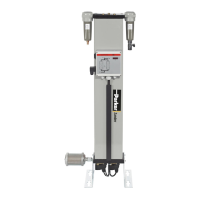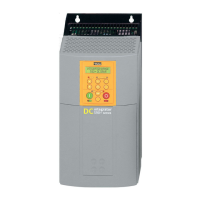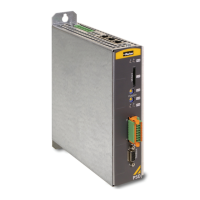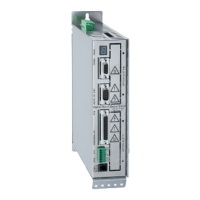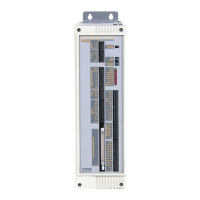39 - PVD 3674_GB_K Series_CE-November 2016.Docx
3.4.4.1. Stator
Housing:
The K Series are typically housed within an aluminum cylinder. And a motor flange is
used to fix the kit onto the mounting plate (see minimal dimension in §3.5 Natural
cooled motor).
Recommended wall thickness of the aluminum cylinder are the following:
K032: thickness 6.35 mm
K044: thickness 6.35 mm
K064: thickness 6.35 mm
K089: thickness 6.35 mm
K178: thickness 12.7 mm
Dimensions of the motor flange are the following:
K032: 152.4 mm X 152.4 mm X 12.7 mm
K044: 152.4 mm X 152.4 mm X 12.7 mm
K064: 152.4 mm X 152.4 mm X 12.7 mm
K089: 203.2 mm X 203.2 mm X 12.7 mm
K178: 228.6 mm X 228.6 mm X 12.7 mm
It is recommended that a banking step be incorporated at the bottom of the hole to
assure accurate and repeatable location of the stator (respect insulation and creapage
distances). Alternately, a non-ferrous “plug” can be used to provide a banking surface,
which can be removed once the stator is fixed in place.
For volume production, a jig should be fabricated that will assure that the stator is
located in the same position for each assembly. The yellow dot on the stator provides
an index point for accomplishing this. This will eliminate the need to perform
mechanical commutation alignment at final assembly.
In designing the housing, provide a means for the stator lead wires (three) and the
commutation Hall sensor PCB wires (five) to extend outside of the housing without
interfering with the rotor/shaft assembly. In addition, do not mix feedback wires with
motor wires to avoid EMI (electromagnetic interference). EMI risk to set default the
drive. So, careful to separate sensor and motor wires.
Stator Assembly:
Assemble stator in housing or sleeve with the following locational clearances:
Diameter up to 127 mm : 0.025 mm to 0.127 mm diametrical clearance.
Diameter over 127 mm : 0.050 mm to 0.254 mm diametrical clearance.
Thermal performances are given for medium diameter clearances. So, the contact
between housing and stator (lamination stack) has to be as close as possible.
Therefore, the thermal resistance induced will be minimized
Do not force stator in position. This may damage or deform stator.
The stator is typically held in position with adhesive for a permanent assembly with
adhesive, Loctite #325 with activator #7074 or equivalent

